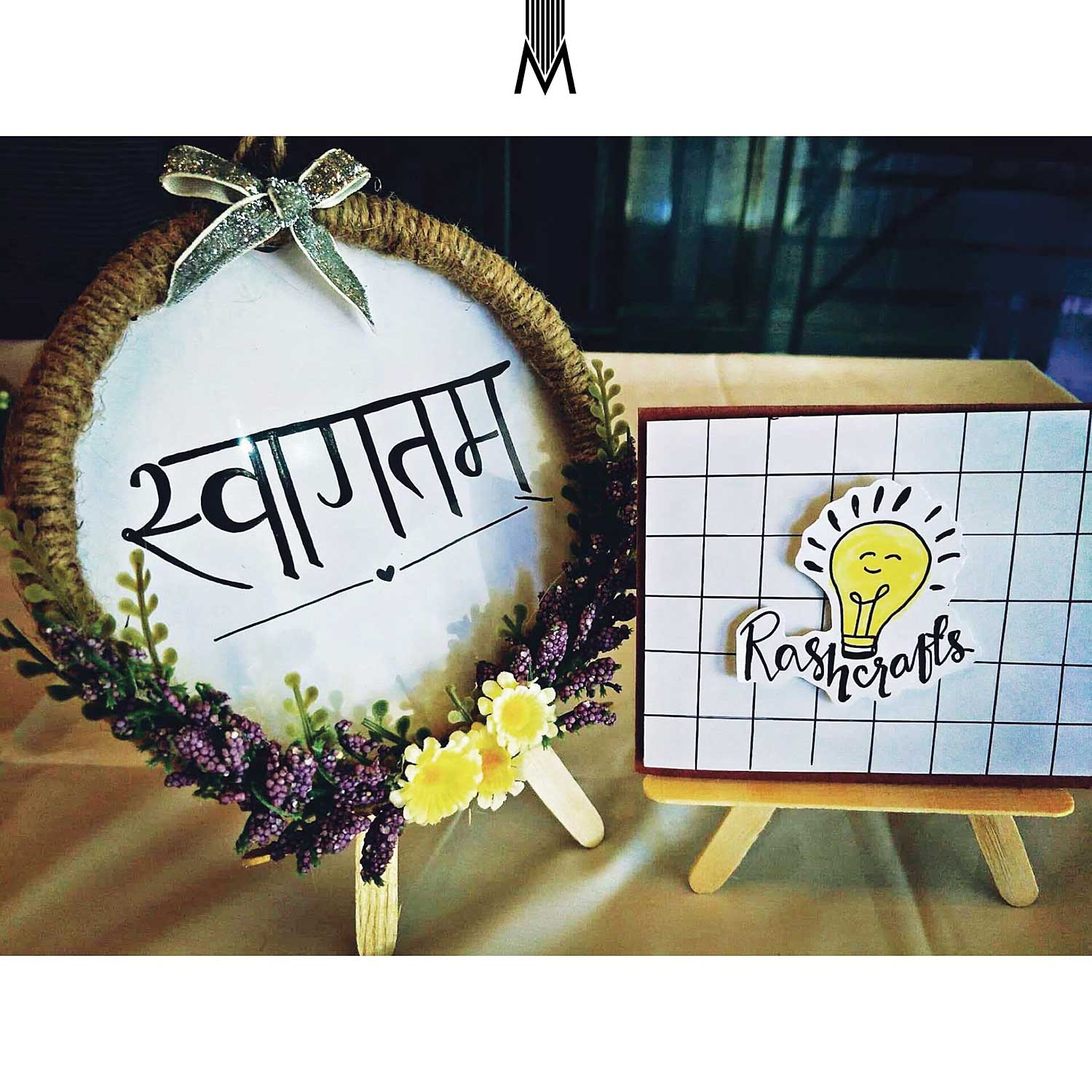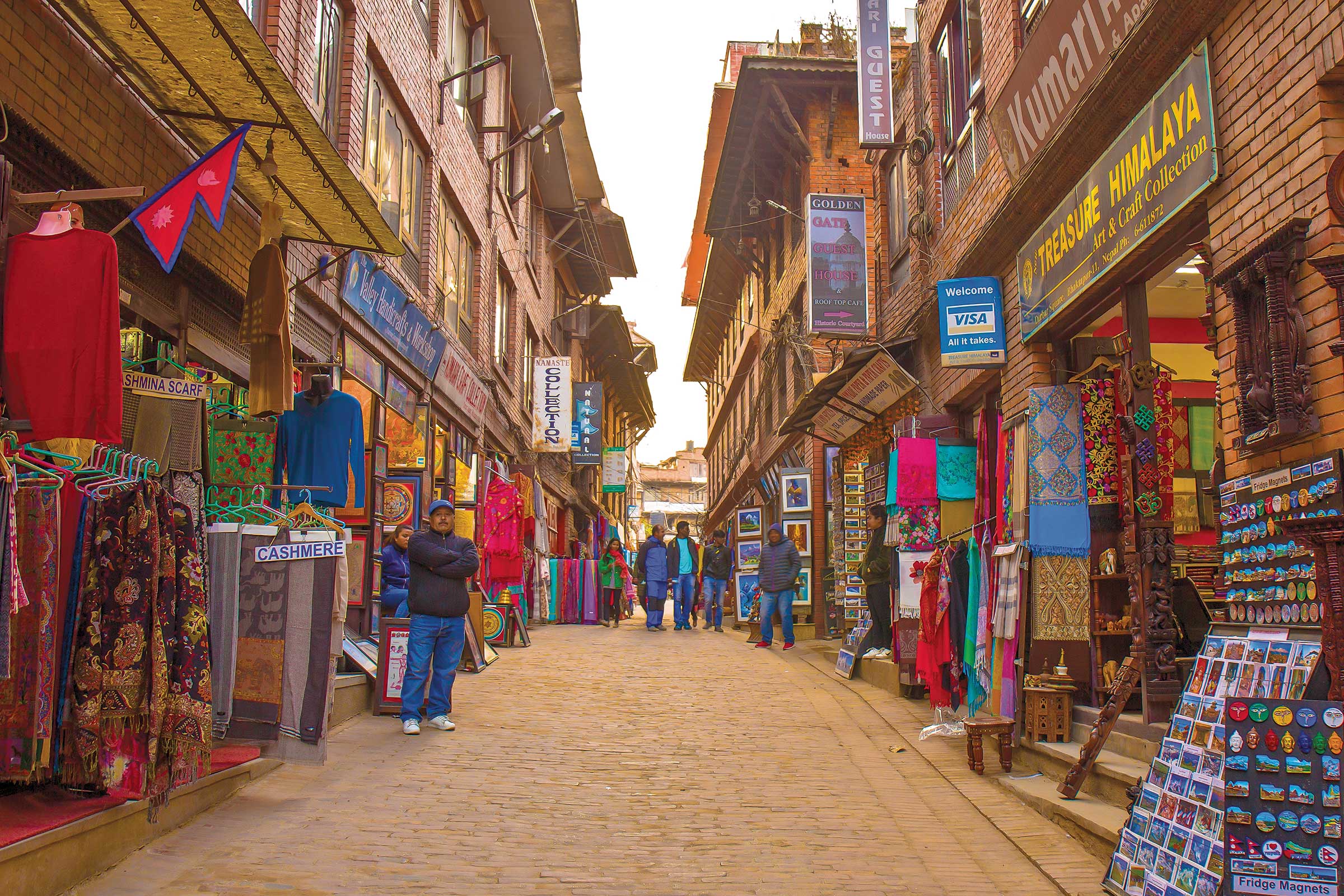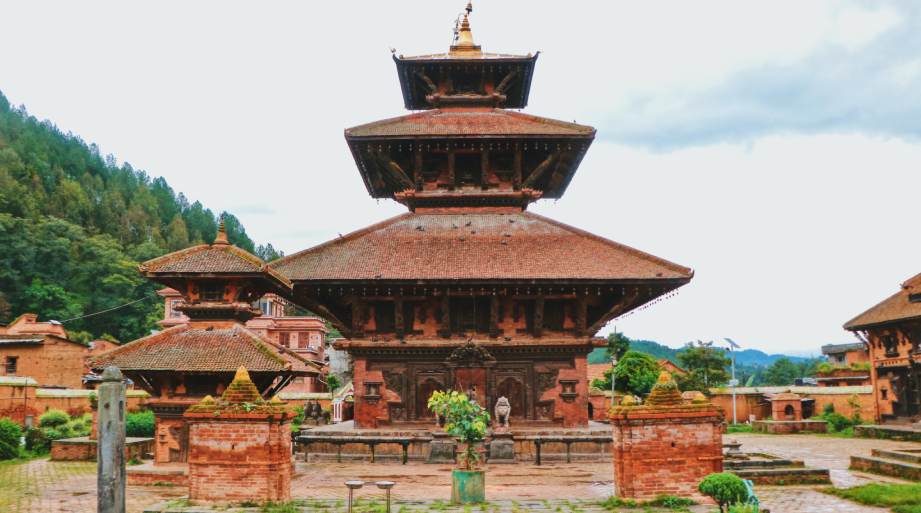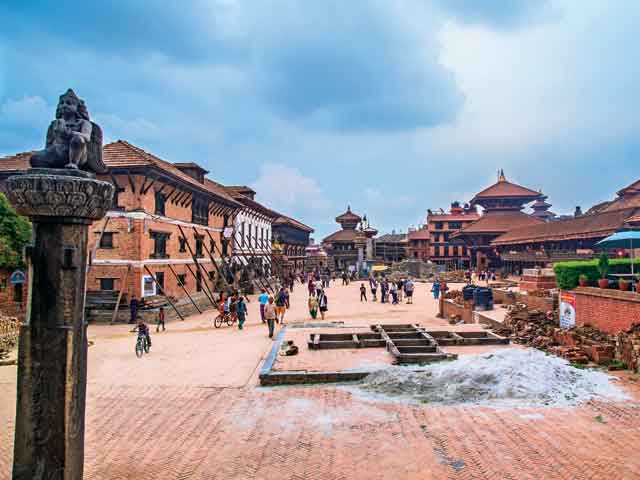Bhaktapur enjoyed its golden age in the 16th and 17th centuries under the reign of the Malla kings who were reputed patrons of art and culture. But, the city witnessed a rapid decline in the 19th and 20th centuries after its conquest by the Shah King, Prithvi Narayan Shah. In addition, the great earthquake of 1934 brought down many of its standing structures including the western half of the sprawling royal palace that was once said to have 99 courtyards. Then, in the late 1950s, the bustling trade connections with Tibet came to a halt due to the closure of the Nepal-Tibet border.
Due to all this, Bhaktapur deteriorated into a decaying city full of filth and rubble. In 1974, the Bhaktapur Development Project was begun in collaboration with the German government. It ended in 1986 and thereon, follow up plans have been consistently implemented which has led to Bhaktapur once again becoming a culturally rich city vibrant with fantastic medieval art and architecture that have been restored to their past glory. The Bhaktapur Durbar Square where you can see at least 20 temples, including the renowned 55 Window Palace, and other historic buildings besides extraordinary examples of Newari craftsmanship such as the Golden Gate (Loon Dhwaakaa), is a prime example of what can be achieved with human endeavor.
Click on the image and move your mouse.











